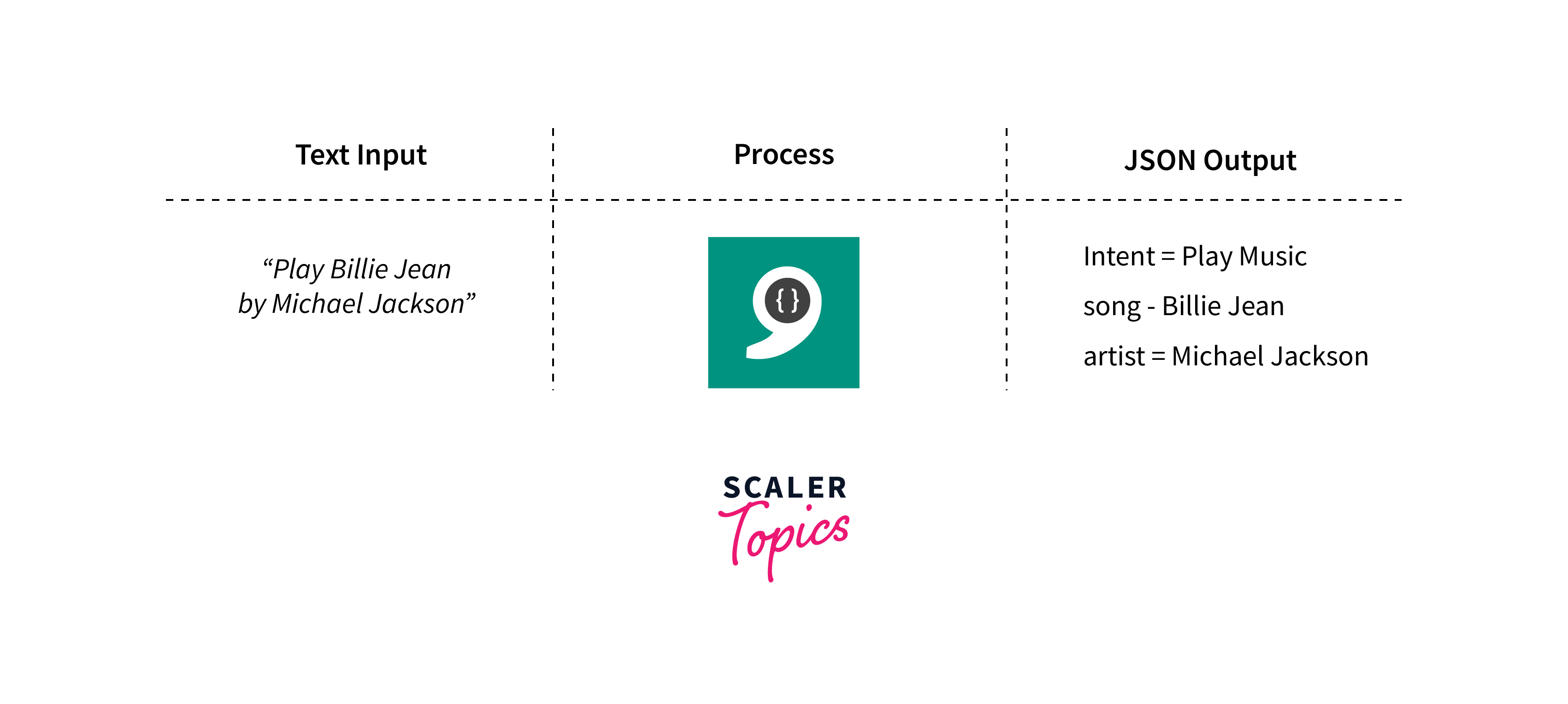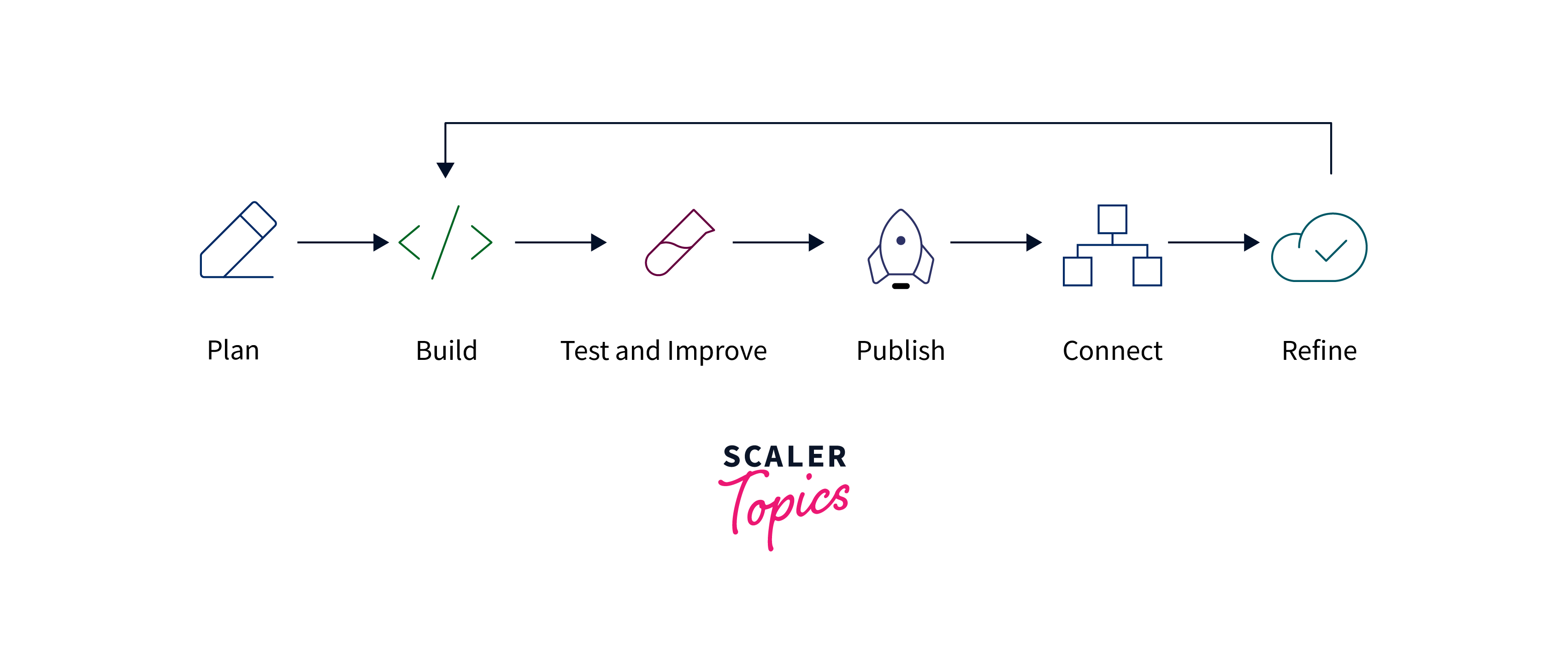LUIS Azure|LUIS Azure- Scaler Topics
Overview
LUIS Azure, standing for Language Understanding Intelligent Service in Azure, is a groundbreaking cloud-based API service that forms a critical component of Microsoft's Cognitive Services suite. It is designed to understand human language within the context of a given application, enabling developers to create applications that can interpret and react to user requests efficiently and accurately. By integrating LUIS Azure into applications, developers can significantly enhance the user experience through natural language understanding capabilities.
What is LUIS in Azure?
LUIS Azure is a powerful tool designed to imbue applications with natural language understanding. At its core, LUIS Azure utilizes machine learning to parse and interpret human language, allowing applications to understand the intention behind a user's words. LUIS Azure goes beyond basic keyword search to understand the finer points of how people talk, which helps it deal with complicated conversations better. It offers a user-friendly interface for creating and refining language models, making it accessible even to those with limited experience in machine learning.
What does LUIS Offer?
LUIS Azure offers a comprehensive suite of features that enable developers to integrate sophisticated natural language understanding into their applications. Each feature plays a crucial role in enhancing the way applications interpret and respond to user input.
- Intent Recognition:
At the heart of LUIS Azure’s capabilities is its ability to discern the user’s intention from their input. Whether a user is asking a question, making a request, or issuing a command, LUIS Azure analyzes the language to determine the underlying intent. This allows applications to provide relevant responses or actions, significantly enhancing user interaction and experience. - Entity Extraction:
Alongside recognizing intent, LUIS Azure is adept at extracting entities from user input. Entities are specific pieces of information, like names, dates, numbers, or any custom-defined terms relevant to the application’s domain. By pinpointing these entities, LUIS Azure allows applications to grasp the finer details of user requests, leading to more precise and contextual responses.
- Built-in Models:
To accelerate the development process, LUIS Azure comes equipped with pre-built, customizable models that cater to a range of common scenarios. These models can be used as-is or modified to suit specific application needs, offering a significant head start in the development cycle and reducing the time to market. - Active Learning:
LUIS Azure employs advanced active learning algorithms that help in improving its understanding over time. Based on user interactions and feedback, it continuously refines its language models. This aspect of self-improvement ensures that the application remains adaptable and becomes more accurate in interpreting user language as it interacts with more users. - Multi-Language Support:
Recognizing the global nature of modern applications, LUIS Azure provides support for various languages. This feature is particularly beneficial for applications that cater to a diverse user base, ensuring that language is not a barrier to delivering a high-quality user experience.
LUIS Scenarios
LUIS Azure's versatility allows it to be effectively utilized in a wide array of scenarios, each demonstrating its capability to enhance user interaction and streamline processes.
- Virtual Assistants:
In the world of virtual assistants and chatbots, LUIS Azure plays a pivotal role. By understanding the intent behind user queries, it empowers these digital assistants to provide accurate and contextually relevant responses. This results in more human-like conversations and a better overall user experience, whether it’s for customer support, information retrieval, or personal assistance. - Customer Service:
In customer service applications, LUIS Azure can be a game-changer. It can interpret and categorize customer queries, ensuring they are directed to the right department or resource. This capability not only improves the efficiency of customer service operations but also enhances customer satisfaction by providing quick and relevant responses to their inquiries. - E-commerce:
In the e-commerce sector, LUIS Azure can significantly enhance the shopping experience. By understanding customer preferences and queries, it can provide personalized product recommendations and assist in navigating the shopping platform. This level of personalized interaction can lead to increased customer engagement and higher conversion rates. - Home Automation:
In the realm of smart home devices, LUIS Azure adds a layer of intelligent voice control. It enables these devices to accurately comprehend and execute voice commands, making interactions more natural and efficient. Whether it’s controlling lights, setting alarms, or managing home security, LUIS Azure can make smart homes even smarter.
Application Development life cycle
Integrating LUIS Azure into the application development lifecycle involves a series of steps, each contributing to the creation of a more intelligent and responsive application.
-
Model Definition:
The first step is defining the language model specific to the application. This involves identifying the various ‘intents’ that represent the actions users might want to perform and the ‘entities’ which are the crucial pieces of information within the user's queries. This foundational step sets the stage for how the application will understand and respond to user input, making it a crucial part of the process. -
Training:
Once the model is defined, the next step is training it with example utterances. This is where the model learns to recognize patterns in language and associate them with the defined intents and entities. The quality and diversity of the training data play a significant role in the model's accuracy, so this step often involves an iterative process of feeding the model, evaluating performance, and refining inputs. -
Testing:
After training the model, it’s essential to test its performance. This involves providing new input examples and evaluating how well the model interprets them. This step is crucial for identifying any gaps in understanding or areas where the model might be misinterpreting user intent, allowing for further refinement and improvement.
-
Deployment:
Once the model demonstrates a satisfactory level of accuracy, it's ready to be deployed within the application. This step involves integrating the LUIS model into the application's backend, enabling it to process user input in real-time and respond accordingly. -
Monitoring and Updating:
Post-deployment, continuous monitoring of the model’s performance is vital. User interactions might bring in new phrases or ways of expressing intent that the model hasn't encountered before. Monitoring helps in identifying these instances, and updating the model accordingly ensures that the application continues to understand and respond effectively to user inputs over time.
Scalability
LUIS Azure is built to scale, accommodating applications that experience fluctuating volumes of user interactions. As user demand grows, LUIS can dynamically adjust to handle increased loads, ensuring consistent performance. This is particularly crucial for businesses that see spikes in user queries, such as retailers experiencing seasonal rushes or services launching new features. The service manages scaling through Azure's robust cloud infrastructure, which allows for automatic scaling and load balancing. Moreover, developers have the flexibility to optimize LUIS models for performance, ensuring that applications maintain high responsiveness even as the number of requests climbs.
In terms of compliance and data protection, LUIS Azure aligns with rigorous data protection regulations and industry standards, such as the GDPR and ISO. It provides robust privacy, security features, and compliance documentation, assuring developers that user data is handled securely. By being hosted on Azure, it inherits a strong security posture with encrypted data storage and transmission, audit capabilities, and compliance certifications, making it a trusted choice for enterprises concerned with maintaining high standards of user data protection while scaling their applications.
How Does It Handle Increased Workloads?
LUIS Azure handles increased workloads by leveraging Azure’s cloud infrastructure, which allows for seamless scalability. When the workload rises, LUIS Azure can automatically scale out to accommodate more requests, thanks to Azure’s auto-scaling feature. This elasticity ensures that response times remain swift and consistent, even during unexpected surges in user interaction. Additionally, the service’s built-in active learning capabilities mean that it continuously optimizes its performance, learning from real interactions to handle future requests more efficiently.
Conclusion
- LUIS Azure stands as a testament to the advancements in AI, offering innovative natural language understanding capabilities for applications.
- Its versatility shines across various domains, from enhancing virtual assistants and customer service to revolutionizing e-commerce and smart home interactions.
- With features like intent recognition, entity extraction, active learning, and multi-language support, LUIS Azure provides a comprehensive toolkit for developers.
- The integration of LUIS Azure in the application development lifecycle ensures that applications are more user-centric, capable of interpreting and responding to user inputs effectively.
- LUIS Azure’s active learning and continuous updating capabilities ensure that applications remain adaptable and improve over time, aligning with evolving user interactions and expectations.
- LUIS Azure's scalable architecture ensures that as application usage grows, performance remains reliable and responsive, adjusting effortlessly to varying workloads.
